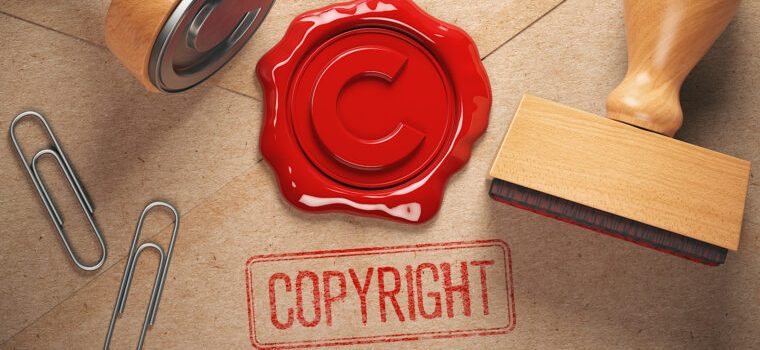
YouTube is shortening the copyright appeal process, which should help reduce the impact of false claims.
Now, if you get a copyright claim that causes YouTube to block your video, you can speed up the process of getting it visible again.
In the following sections, we’ll look at how the copyright challenge process works, how the process changes, and how the changes benefit creators.
YouTube’s copyright challenge process
When you upload a video with copyrighted content, you may get what YouTube calls a “content identifier.” The YouTube community refers to these as copyrights, so that’s the term we use in this article.
You can dispute the claim if you think you have a right to use the videos.
Disputes are referred to the claimant, and they have 30 days to decide whether to dismiss their claim or move on to the next step. The claim is automatically dropped if they do not respond within 30 days.
You can appeal if you challenge the claim and it is dismissed by the plaintiff. If the plaintiff denies the appeal, they have the option to send a request for withdrawal of the copyright.
Plaintiffs have 30 days to review the appeal, which means your video can remain blocked for more than 60 days. If YouTube determines that the request is valid, it removes the video and strikes your channel.
However, YouTube will reinstate the video if you successfully prove ownership of the content.
The copyright dispute process takes a long time when you consider that the dispute process takes 30 days, the appeal process takes 30 days, and how long it takes for YouTube to reconsider the request to remove the claims.
YouTube is making two changes to speed up copyright disputes and appeals.
Changes to YouTube’s copyright challenge process
YouTube is reducing the time it takes plaintiffs to process copyright appeals from 30 days to 7 days. Note that plaintiffs still have 30 days to review the original dispute; YouTube is only reducing the appeal to seven days.
For claims that block viewers from watching your video, you now have the option to skip the initial dispute and go straight to the appeal stage. YouTube is calling this an escalation appeal option.
YouTube is introducing an appeal escalation option to offer creators a way to reduce the impact of potentially false claims blocking their videos.




